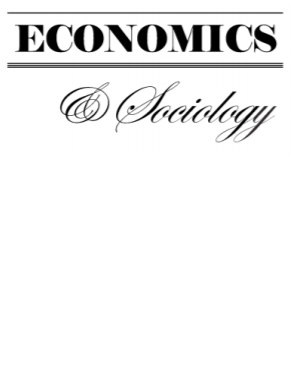DO MOODY'S AND S&P FIRM'S RATINGS DIFFER?
DO MOODY'S AND S&P FIRM'S RATINGS DIFFER?
Author(s): Lorena Caridad, Julia Núñez-Tabales, Petr Seďa, Orlando ArencibiaSubject(s): Micro-Economics, International relations/trade, Policy, planning, forecast and speculation, Financial Markets, Globalization
Published by: Fundacja Centrum Badań Socjologicznych
Keywords: long-term ratings; conflict of interest; rating inflation; credit rating agencies; ratings evolution;
Summary/Abstract: Credit rating agencies produce public statements about the financial health of companies, institutions, geographical entities and financial assets. The main available information about firms, useful for analyzing their long-term creditworthiness is their public accounts about the activities and results, besides the audit reports and their credit ratings. The agencies’ results are mainly based on these data, but they claim to use additional qualitative information, with a methodology only partially disclosed. When different agencies produce long-term ratings about a particular firm, it should be expected that they were coincident, or at least similar, so that investors could use any of them to assess the potential financial risk. This is not the case, as the same companies can be rated differently by different agencies. This is the case with Standard and Poor's and Moody's: although their rating methods are not coincident, but their aim is to measure a similar latent variable – the firm's credit risk. These divergences could be caused, at least in part, by possible conflicts of interest or by a phenomenon called 'rating inflation'. A difference index is proposed to measure the differences in ratings when comparing several agencies' evaluations. The situation with the two main agencies is examined, using two large samples in a five-year period: clear discrepancies are observed, in some economic sectors, and similarities in others, with some evidence about getting higher ratings depending on a chosen agency. Also, a convergence of ratings during the period of 2014-2018 is observed, more prominent in some sectors, suggesting that additional regulation is needed to increase the market transparency.
Journal: Economics and Sociology
- Issue Year: 13/2020
- Issue No: 4
- Page Range: 173-186
- Page Count: 14
- Language: English

